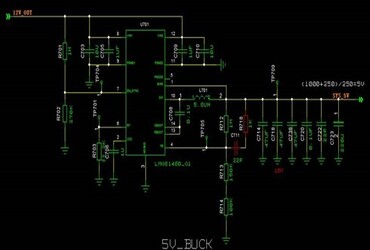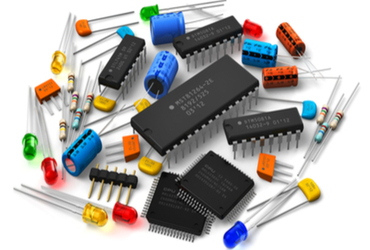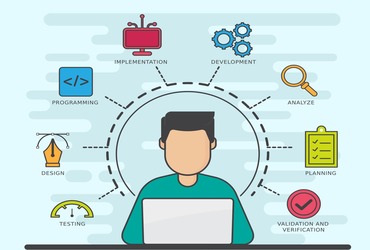
Established in 2020 as a global procurement organization, MEKCOMPONENTS INC. is one of the largest independent stocking distributors of electronic components. We are a full-service global provider of all-inclusive supply chain solutions for OEMs and contract manufacturers. One of our core competencies is locating difficult-to-find, obsolete, end-of-life, and highly allocated components. We support customers throughout the entire supply chain lifecycle, using our procurement capabilities and industry expertise to stock an extensive selection of both obsolete and current components. Our expansive onsite inventory includes only brand-new components from popular high-level manufacturers.
End-of-life (EOL) is a term used to indicate that a product has reached the end of its useful life from the vendor’s perspective. When a product reaches its EOL, this means it will no longer be marketed, supported, or sold by the vendor. EOL product support is necessary for providing the appropriate services required to maintain products or technologies after the vendor retires them. End of Life Product Support Once the decision is made to discontinue a product, vendors will provide customers with a detailed EOL support policy to inform them of what will happen as their product is phased out. The vendor will typically continue to provide support for a limited period after the product has reached its EOL date, allowing the customer adequate time to transition to newer technologies. If a new version of the product is available through the vendor, customers will be encouraged to upgrade. Some customers may choose to continue using their EOL product after all support services from the original vendor have ended. In this case, third-party EOL support providers offer the necessary replacement parts and maintenance services to keep the discontinued product functioning well beyond its EOL date. End of Life Products End of Product Life Cycle Overview The end of product life cycle is the process that dictates the final business strategies related to a product’s life cycle, and is broken down into four stages: Introduction stage:This stage involves the launching of the new product and is typically characterized by slow initial growth in sales as the vendor works to build awareness about the product. Growth stage:The vendor experiences increased sales and profits during a product’s growth stage, enabling them to invest more money into promotional activities to further increase sales. Maturity stage:In the maturity stage, focus is on maintaining the market share for the established product and performing any necessary product modifications or improvements.


Fabrication is an integral part of manufacturing, where raw materials are transformed into functioning products.The fabrication process itself is versatile, allowing for adaptability and customization to meet various production,industrial requirements.


Electronic Training Solutions, Inc is a training and management consulting firm that specializes in helping private, not-for-profit sustain performance excellence ,public sector organizations achieve and sustain performance excellence.


Photo type services in electronics encompass the range of features related to capturing, editing, storing, and sharing visual content. These services include built-in cameras with various resolutions and capabilities, video recording functionalities.


Schematic review in electronics involves a meticulous examination of circuit diagrams to verify accuracy and functionality. Engineers analyze component selection, wiring, signal flow, power distribution, and safety considerations.


Product collaboration in electronics involves multiple entities, including manufacturers, designers, engineers, and suppliers, working together to develop electronic devices. By leveraging diverse expertise and resources, collaborators innovates.


The bill of materials is nothing more than a complete list of raw materials, electronic components, assembled and semi-assembled, small parts, and everything that is necessary for PCB manufacturing.


Price validation in electronics involves assessing the cost of electronic devices to ensure they are reasonable and reflect their value in the market.Price validation ensures that consumers make informed decisions.